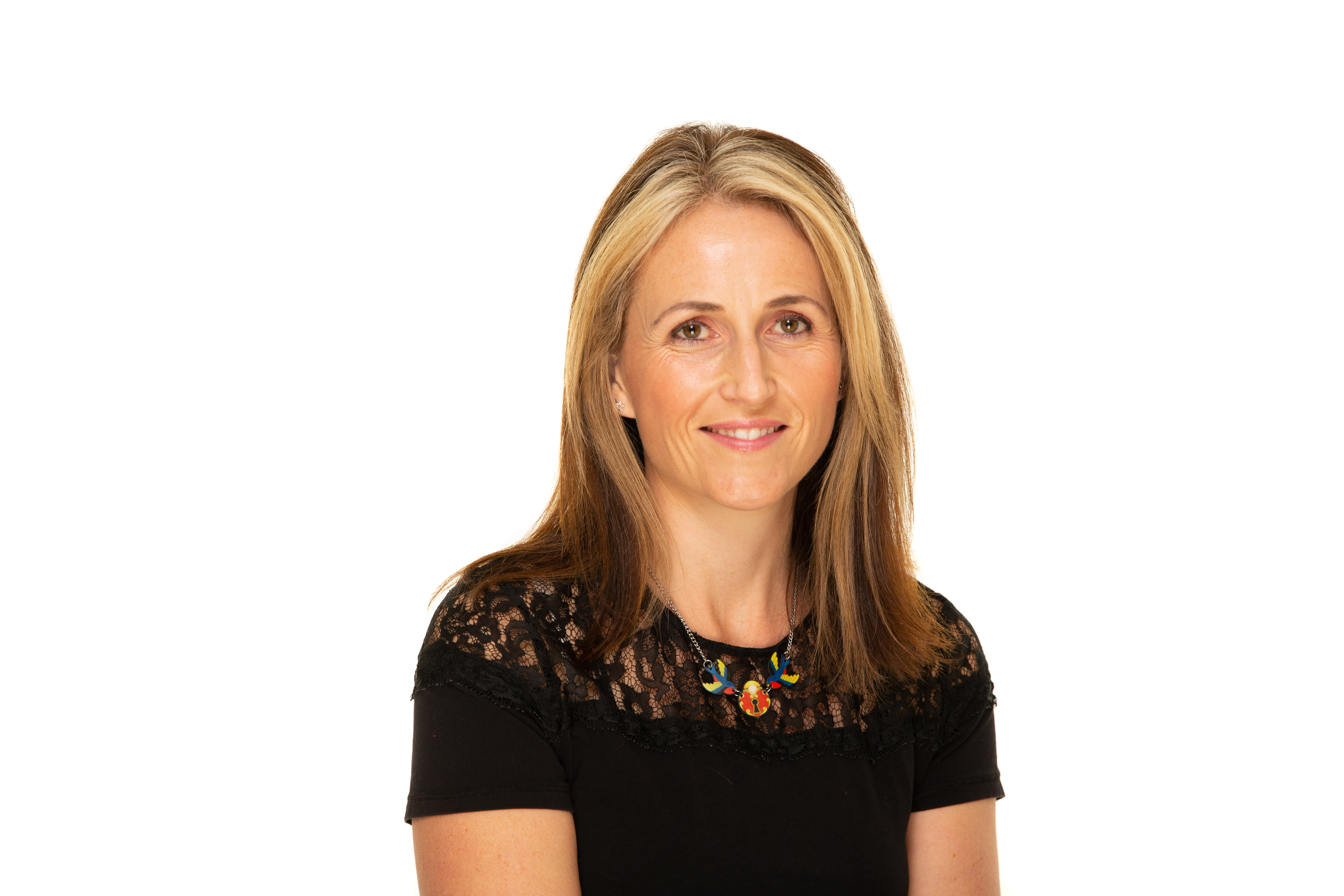How does sleep tracking work?
Understanding your sleeping patterns
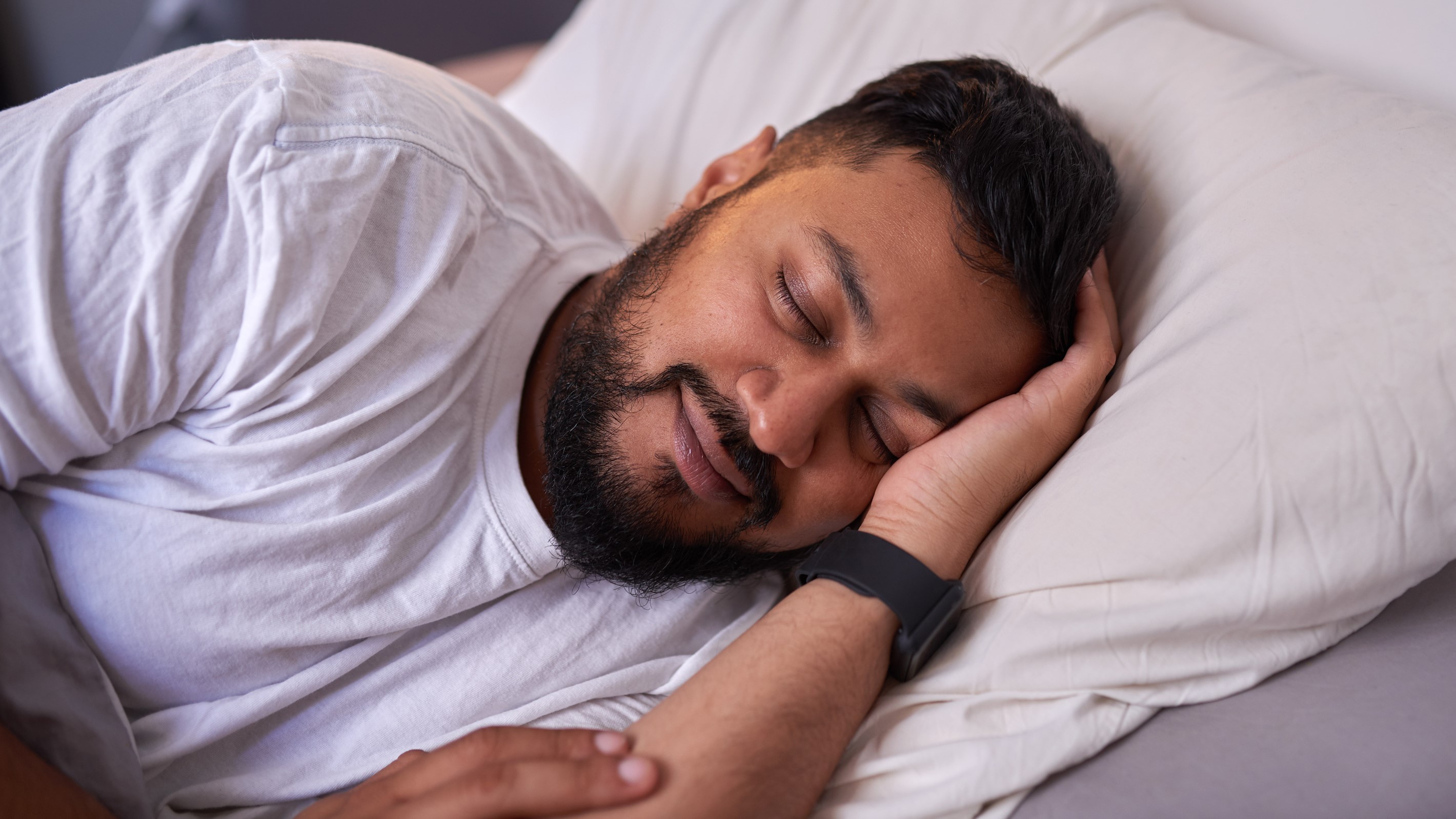
So, you love your shiny new fitness tracker and you want to start monitoring your slumber – but how does sleep tracking really work?
Sleep tracking has become big news in recent years. With roughly one in three of us using a wearables these days – whether it’s a fully-featured smartwatch like the Apple Watch 7 or the Samsung Galaxy Watch 4, or a more straightforward fitness tracker such as the Fitbit Inspire 2 or Huawei Band 5 – it means more of us are tracking our health in various different ways.
In addition to tracking our fitness and activity levels, most of these devices can also monitor the amount of sleep we’re getting every night by monitoring our heart rate and movements to determine the stage of sleep we might be in.
The four stages of sleep
There are four main stages of sleep, which together make up a single cycle of around 90 minutes. During each of these stages our body movements and heart rates differ.
“Stage one is short, only lasting between five and 10 minutes,” explains Rob Hobson, registered nutritionist and author of The Art of Sleeping. “During this stage, sleep is shallow and you can be easily woken.”
“Stage two, or light sleep, is characterized by a slowing down of both breathing and heart rate, and makes up about half of the time you spend asleep.”
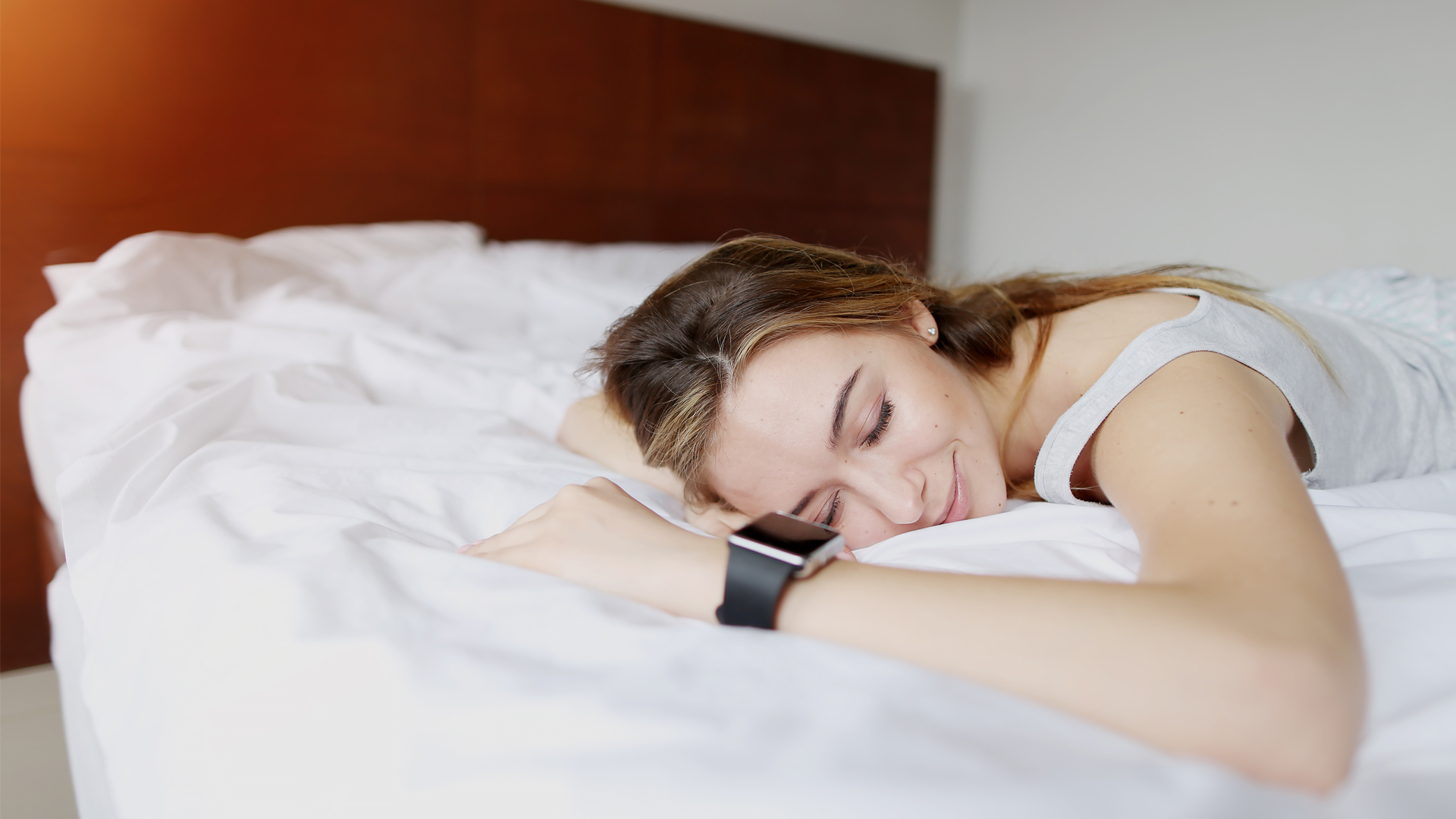
Stage three is deep sleep, when your body totally relaxes and your pulse and breathing rate drop even further.
Get daily insight, inspiration and deals in your inbox
Sign up for breaking news, reviews, opinion, top tech deals, and more.
“This stage is restorative and essential for recovery and growth, as well as bolstering the immune system,” says Hobson.
The final stage is REM sleep, where your body is inactive but your eyes move rapidly. During this stage our heart rate increases, and breathing becomes more irregular.
“Bodily functions such as protein synthesis peak now,” says Hobson. “This is also the point when you are most likely to dream. This stage is considered to be essential for cognition, learning and creativity.”
How does sleep tracking work?
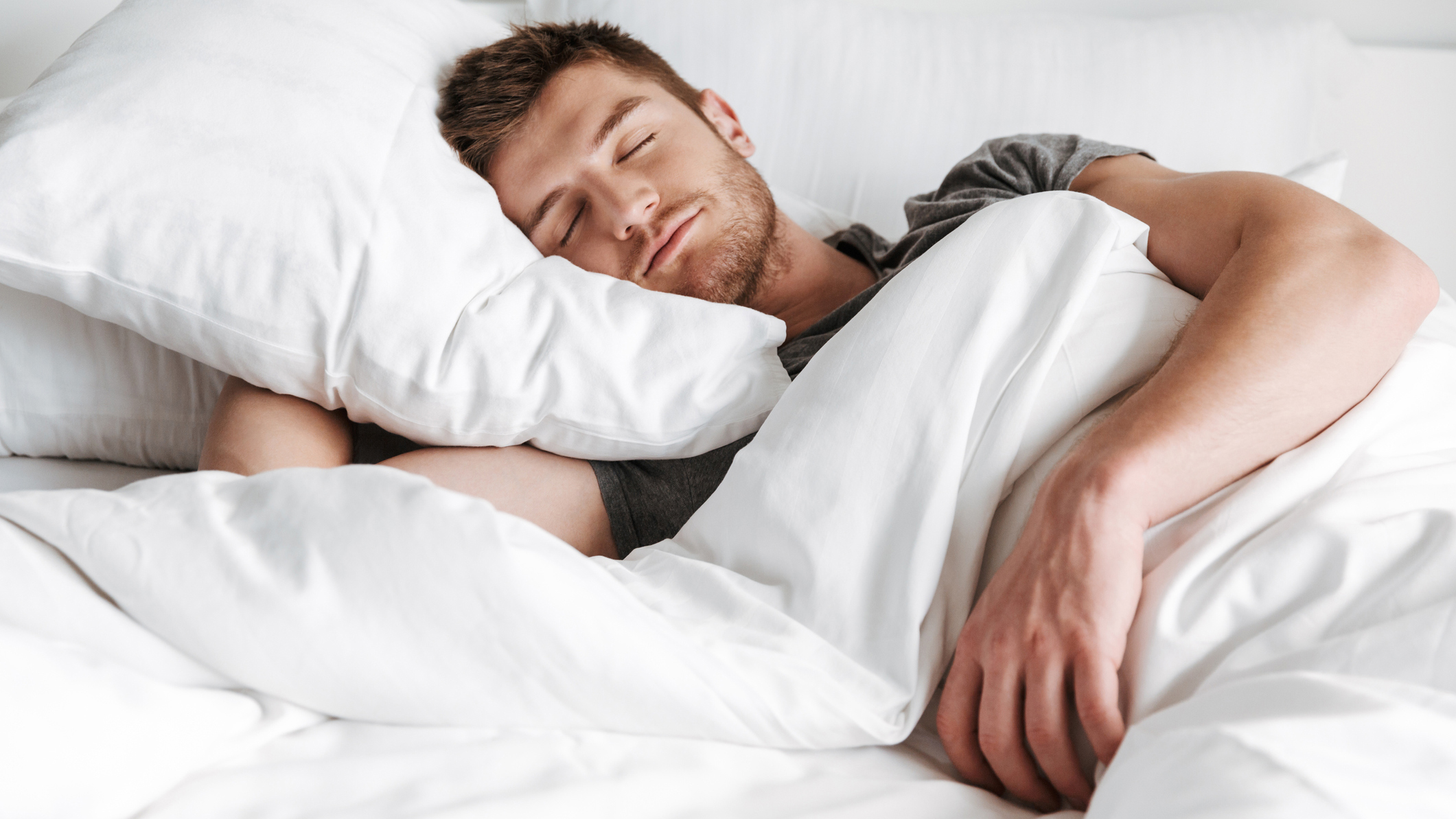
Sleep trackers monitor our sleep by measuring our movements and heart rate, which both correspond to our sleep pattern. While early trackers simply monitored movements, they now deploy much more sophisticated technology.
“Data using just our movement was often unreliable because, of course, a person could be lying still, but very much awake,” explains Will Turner, co-founder of team-focused fitness app GoJoe.
“But new technologies have emerged which, when used in conjunction with movement data, make this tracking more reliable. The main way this is achieved is through photoplethysmography (or PPG) – the blood underneath the skin reflects the red light emitted by your smart watch, and absorbs the green light. Each heartbeat allows more absorption of green light and, in between heartbeats, less green light can be absorbed, meaning your device can track your heart rate alongside your movement data and work out when you’ve been asleep.”
“Some devices also use ‘pulse oximetry’, which also analyses the level of oxygen saturation in your blood. This feature, generally recognised as being more reliable than the ‘red light, green light’ method, uses a combination of red and infrared sensors which respond differently to blood that is more or less oxygenated. Highly oxygenated blood absorbs more infrared light and allows a lesser proportion of red light to reflect back, allowing your device to analyse your sleep.”
Your blood oxygen levels will dip slightly when you sleep, as your breath rate decreases. So in theory your tracker should be able to monitor your blood oxygen levels and use this information to confirm you’re asleep.
Can sleep trackers improve sleep?
Currently the jury is out on this – not least because sleep is different for everyone, but also because many experts believe tracking sleep could be doing more harm than good for some.
“While it is great to see people becoming more aware of sleep, and their own sleeping habits, in some cases it’s causing unnecessary worry and concern,” explains Lisa Artis from The Sleep Charity.
“There is even a term for it: orthosomnia. Orthosomnia describes people who obsess over the results of their sleep and fitness trackers. Unfortunately, unlike eating five portions of fruit and veg or exercising daily, you often can’t control whether you sleep for eight hours. And if people start putting pressure on themselves to sleep better, the likelihood is they won’t.”
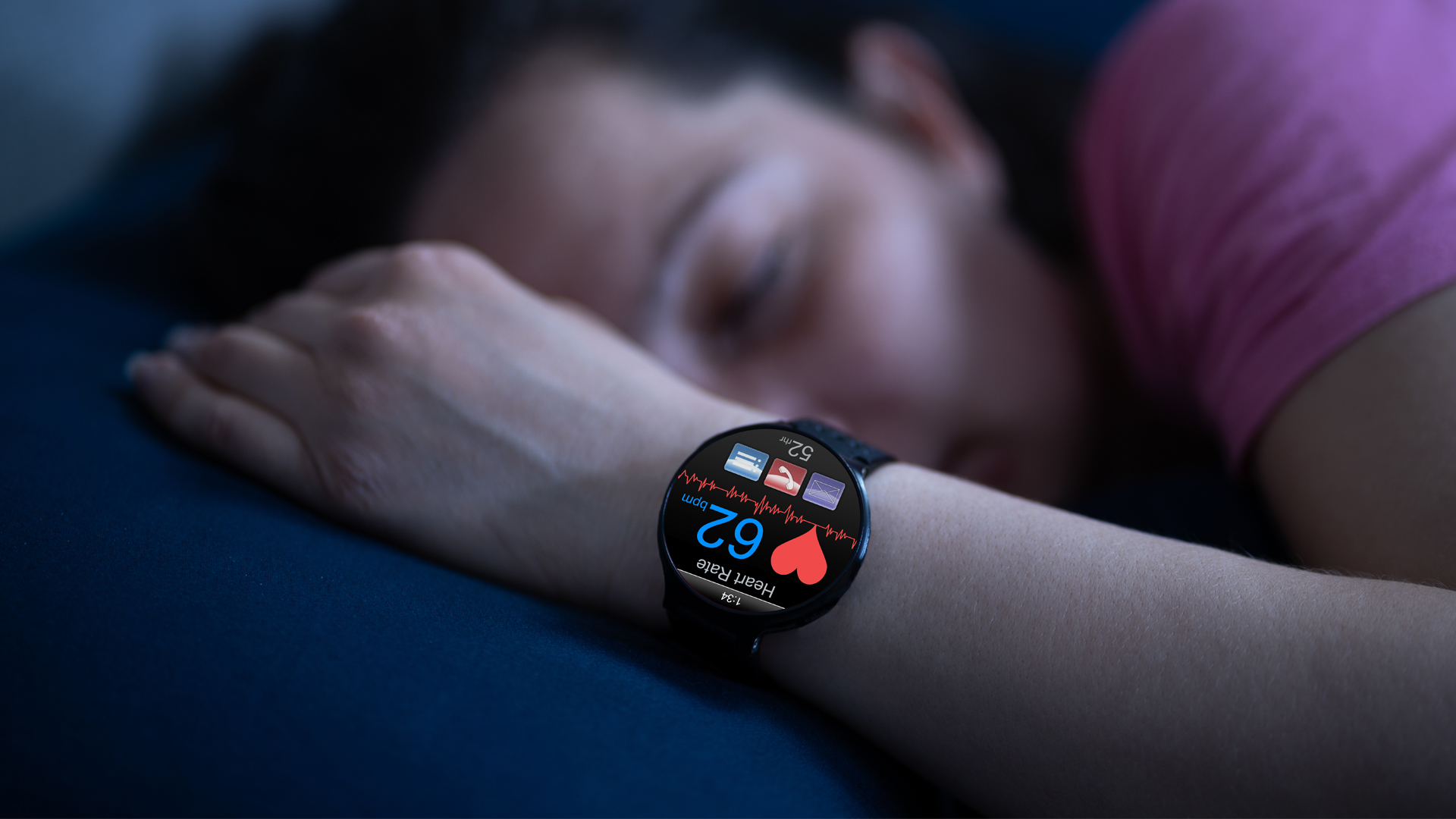
How accurate are sleep trackers?
The answer is, unfortunately, questionable.
“There are a few studies comparing the accuracy of sleep monitoring devices against recognised lab testing called polysomnography, which looks at brain waves, blood oxygen levels, heart rate, breathing and eye and leg movements,” Hobson says.
“A comprehensive study published in the journal Sleep Medical Reviews found that sleep trackers were only accurate 78% of the time when identifying sleep versus wakefulness. This accuracy dropped to just 38% when estimating how long it took a participant to fall asleep”
One major hurdle is that people don’t necessarily understand how to interpret the data from their devices – which means there’s little point in getting it. “As with most things – nutrition, breathing, mindfulness – there is never one size fits all,” adds Hobson. “These apps use algorithms which need to follow a set way of working, so the apps are never going to be as effective as seeing a proper professional if you need real help.”
How to improve your sleep
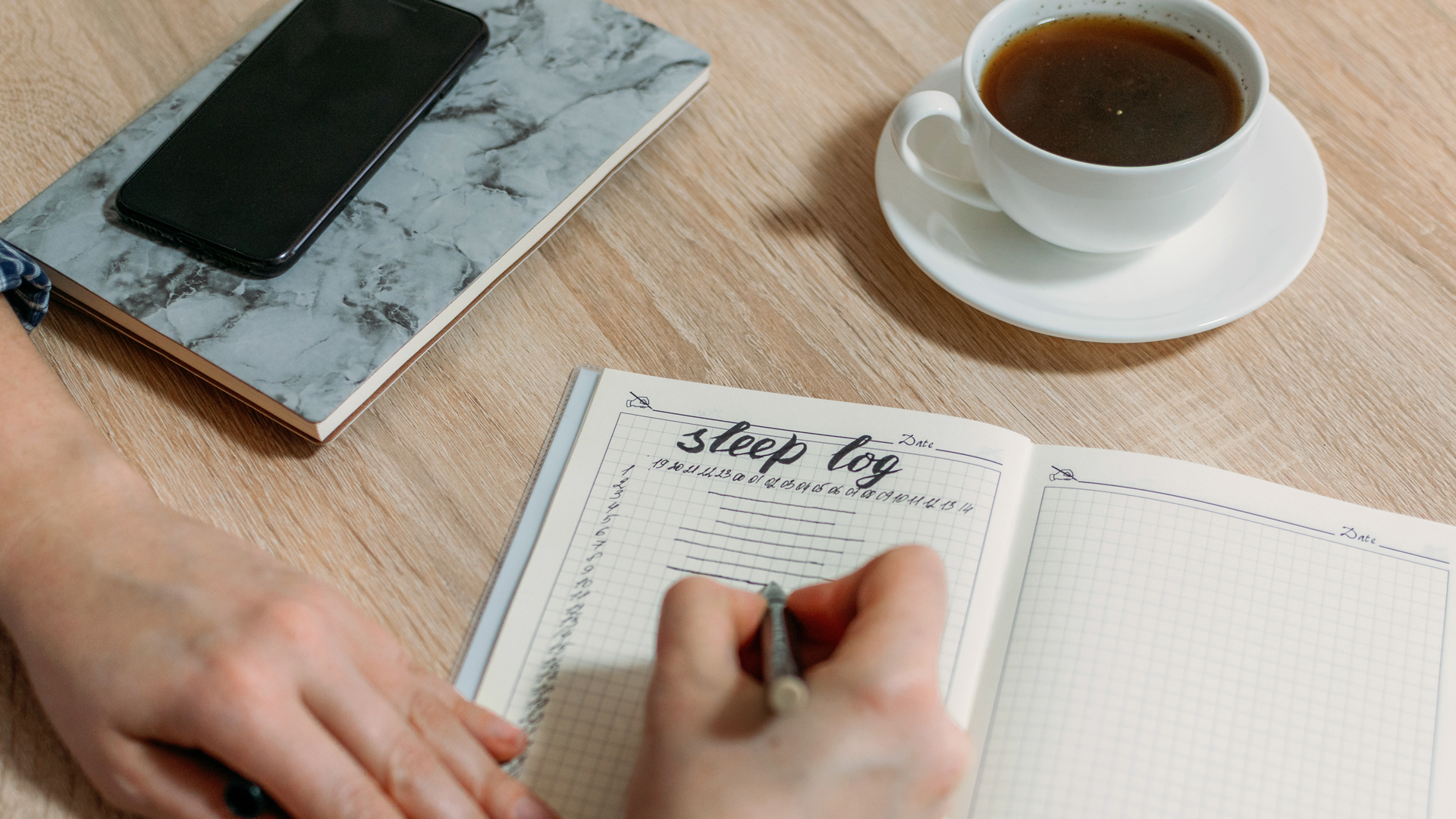
Whether you decide to track your sleep or not, there are some simple steps you can take to improve your sleep.
“If you’re obsessing over the tech, stop using it,’ advises Artis. “Instead, put some good sleep hygiene principles into practice – having a regular sleep pattern, winding down sufficiently before bed, avoiding caffeine and alcohol, creating the right calming bedroom environment, etc. Remember, the best way to gauge how well you are sleeping is to listen to your body and assess how you feel the next day.”
Clare Swatman has been a feature writer for more than 20 years, and these days specialises in writing about health, fitness and wellbeing. She has worked for many national magazines both in print and online, including Woman & Home, Health & Wellbeing, Take a Break, Woman, Woman's Own and Candis. Clare is also a bestselling women's fiction author, and spends any 'spare' time reading and dancing, not necessarily at the same time.
